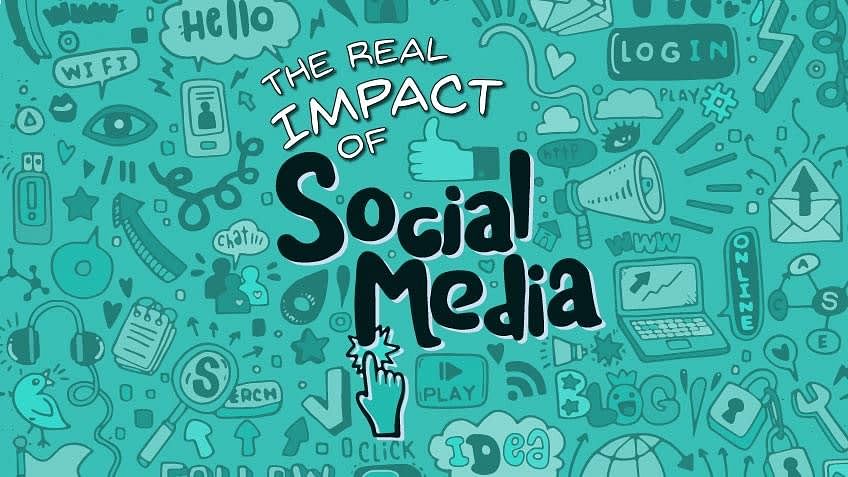In the vast tapestry of global conflicts, there exist wars far removed from the headlines, battles fought in the shadows, obscured by the noise of more prominent struggles. These are the terrifying wars that exist beyond borders, conflicts so obscure that they evade the collective consciousness of the world. Yet, their impact on the affected regions and their people is profound, painting a haunting picture of the complexities and tragedies of our interconnected world.
The Forgotten Battlefields: Unseen Struggles Across the Globe
Beyond the attention-grabbing headlines, conflicts simmer in forgotten corners of the world. From the tribal regions of Africa to the remote islands of the Pacific, these wars are often a result of historical animosities, ethnic tensions, or resource disputes. Largely ignored by the global media, these conflicts wreak havoc on local communities, leaving scars that last for generations.
Warlords and Insurgencies: The Persistence of Armed Struggles
In various parts of the globe, warlords and insurgent groups perpetuate conflicts, fueled by a mix of ideology, power struggles, and economic interests. These non-state actors create pockets of violence, challenging the authority of central governments and destabilizing entire regions. The civilian populations caught in the crossfire face unimaginable horrors, their lives forever marred by the terror of living in conflict zones.
Religious and Sectarian Wars: Faith as a Catalyst for Violence
Religious and sectarian conflicts continue to tear communities apart, leading to devastating wars that often go unnoticed by the wider world. Deep-rooted religious animosities and fundamentalist ideologies fuel these conflicts, causing immense suffering to those who find themselves on opposing sides. From the Middle East to Southeast Asia, these wars are a stark reminder of the power of faith, both as a force for unity and division.
Environmental Wars: Fighting Over Scarce Resources
As the global climate crisis escalates, wars over natural resources become increasingly common. Access to clean water, arable land, and energy sources spark conflicts that transcend national borders. Environmental degradation and resource scarcity intensify tensions, leading to territorial disputes and struggles for control over vital ecosystems. These environmental wars have far-reaching implications, not just for the immediate regions involved but for the entire planet.
The Human Cost: Lives Shattered, Communities Destroyed
Behind every conflict, no matter how obscure, lies a human tragedy. Families torn apart, children robbed of their innocence, and communities shattered by violence - these are the true costs of the terrifying wars that exist beyond borders. Displaced populations, refugees, and internally displaced persons bear the brunt of these conflicts, their stories often unheard and their suffering overlooked.
The Call for Global Awareness and Action
While these terrifying wars might be hidden from the world's gaze, they demand our attention and action. Global awareness is the first step toward addressing these conflicts. The international community must acknowledge the existence of these wars, amplify the voices of the affected communities, and work towards peaceful resolutions. Diplomacy, humanitarian aid, and conflict prevention initiatives are essential tools in mitigating the impact of these wars and fostering a more just and peaceful world.
In the face of these obscured yet terrifying conflicts, the world must confront the uncomfortable truth: our interconnectedness means that the suffering of one community reverberates across borders. By shedding light on these hidden wars and mobilizing collective efforts, we can hope to bring an end to the terror faced by those living in the shadows of global conflicts, ushering in a future where peace prevails over violence, and compassion triumphs over indifference.






